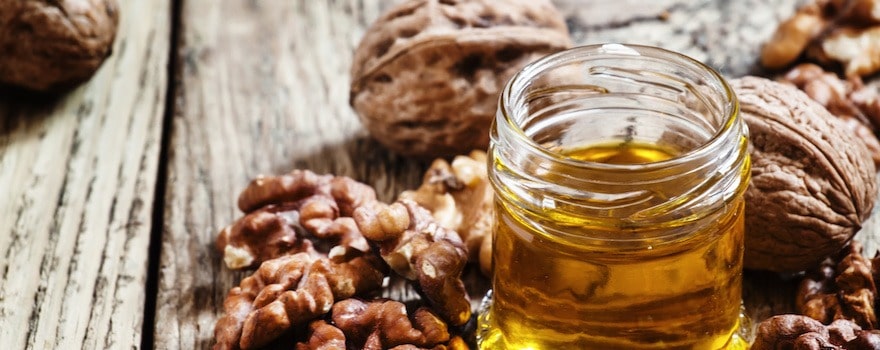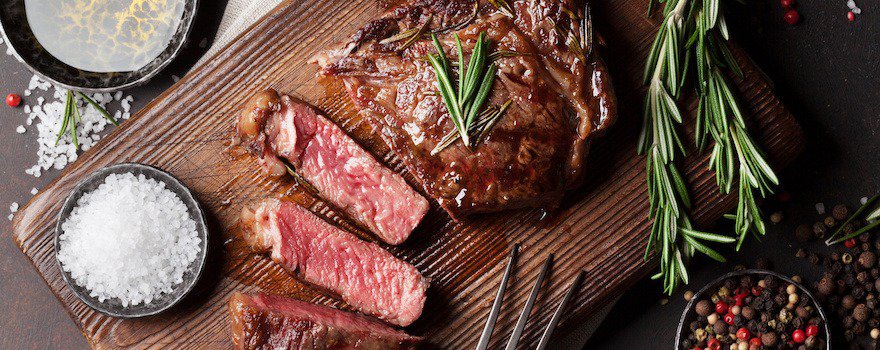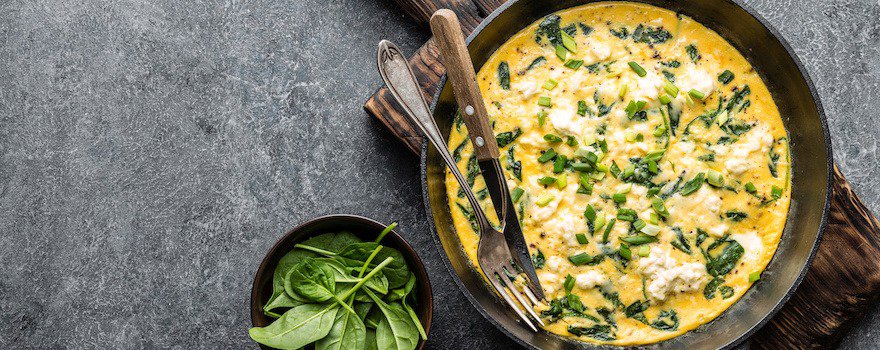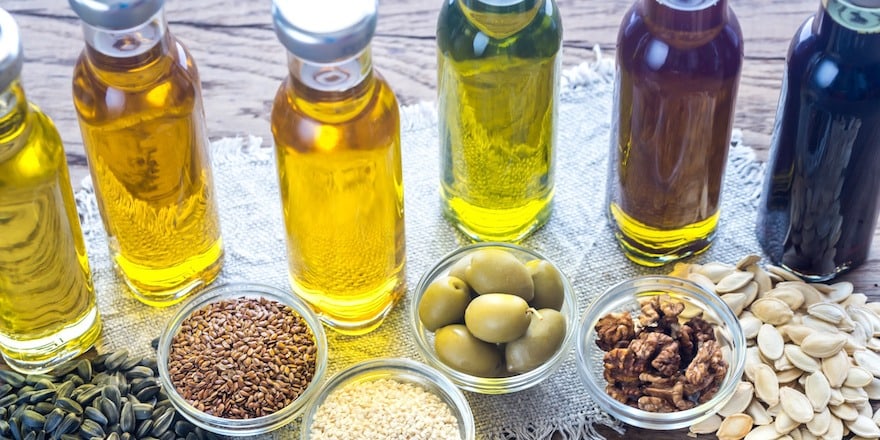What is it?
Lipids are vital elements for humans. They are among the seven essential constituents of the body, along with minerals, vitamins, carbohydrates, proteins, trace elements, and water. They are considered the body’s fat.
There are two main groups of lipids:
- les isoprénoïdes qui comptent les stéroïdes (dont le cholestérol fait partie).
- les acides gras saturés et insaturés parmi lesquels on retrouve les triglycérides.
There are so-called essential fatty acids: omega-6 and omega-3. These polyunsaturated fatty acids are mainly supplied through the diet because the body cannot synthesize them. Lipids are ingested in the form of triglycerides, cholesterol, and phospholipids.
Lipids constitute a source of energy for the body. They are involved in the formation of cell membrane structures as well as in the composition of nerve cells.

Omega-3s are beneficial lipids, because they help raise good cholesterol. Excess omega-6s have a harmful effect on the action of omega-3s.
Trans fatty acids (or trans fats) do not really have any nutritional benefit. They are found in red meat, milk, and many processed foods. Lipids should be consumed in moderation to limit overweight, obesity, and the risk of cardiovascular disease.
Functions of lipids
What are lipids used for? They are essential for the brain. They also carry out many biological functions such as:
- l’apport énergétique : 1 g de lipides équivaut à 9 k Cal
- la synthèse d’hormones stéroïdiennes qui sont fabriquées à partir du cholestérol et entrent dans la composition des membranes, des cellules de la peau et des cellules nerveuses. En effet, le cerveau contient 50% de lipides
- Le transport de vitamines liposolubles : les vitamines E, A, D et K ne peuvent être transportées que par les lipides
- La constitution de stocks énergétiques
Signs of deficiency
Lipids function in harmony and optimally in the presence of carbohydrates and proteins. An insufficient intake of lipids can lead to:
- Malnutrition si les carences en lipides sont associées à des carences en glucides et protéines
- Perte de poids
- Fatigue
- Difficultés à marcher
- Des troubles de la croissance
Contrary to popular belief, the body needs lipids to function properly. They should not be eliminated from the diet. Adopting a balanced diet is enough to avoid the overconsumption of lipids.
Recommended daily requirements
Like carbohydrates, there is no precise data regarding daily needs for fats. Indeed, it is recommended to maintain daily fat intake corresponding to 35%-40% of total energy intake in order to maintain body weight. However, needs are higher in athletes who draw their energy from sugars and fats stored in the body.
Lipid metabolism
Lipids are combined with intestinal bile salts to be absorbed. They are then released as chylomicrons, particles that ensure the transport of lipids in the blood in the form of lipoproteins. We distinguish High-Density Lipoproteins or HDL and Low-Density Lipoproteins or LDL (the bad cholesterol).
These two elements, together with triglycerides, allow the body’s lipid profile to be established following a blood test. Lipoproteins characterize good and bad cholesterol. The risk of cardiovascular diseases is increased when LDL (bad cholesterol) and triglyceride levels are high.
Top 5 foods containing lipids
It is important to distinguish good fats from bad ones. Indeed, in terms of diet, it is preferable to favor natural fats over processed fats hidden in industrial products. Here is a selection of foods to prioritize to meet your fat intake.
1. Vegetable oils

Vegetable oils are rich in fats, particularly in essential fatty acids. Oils from rapeseed (canola), walnut, and flaxseed contain omega-3s, while sunflower, grape seed, and corn oils are rich in omega-6s.
Vegetable oils are ideal for preparing vinaigrettes or cold dishes. Indeed, they do not withstand heat well and are not suitable for frying. However, be careful with the amounts when preparing them. One to two tablespoons are enough.
2. Red meat

Red meat is rich in saturated fats. It is an interesting source of natural lipids. Beef contains about 21.5 g of lipids per 100 g.
Red meat is excellent grilled, roasted, or pan-fried. It can be served with vegetables and starchy foods. Prefer oven cooking and avoid adding fats!
It is recommended to consume red meat occasionally, for your health (saturated fats contain bad cholesterol) and for the planet.
3. Dried fruits

Walnuts, hazelnuts, almonds, and cashews are excellent sources of essential fatty acids. Don’t hesitate to add them to the menu!
Dried fruit is eaten as is for snacks. It’s advised to eat only a handful because they are very calorie-dense. You can also add pieces of dried fruit to salads or cooked dishes.
Favor organic products to take advantage of all their nutritional qualities.
4. Fatty fish

Rich in omega-3s, fatty fish such as tuna, salmon, sardines, mackerel, or herring are good for the brain and overall health. It is recommended to eat them no more than twice a week.
Also read | How to choose omega-3 dietary supplements?
These fish can be cooked in the oven, en papillote, or steamed. Ideally served with a portion of grilled vegetables alongside a serving of starchy foods.
Avoid adding a fatty sauce to this dish to limit fat intake. Adding a squeeze of lemon and some spices is usually enough to enhance it. It’s really delicious!
5. Eggs

Eggs contain a lot of protein, but they are also foods high in fat. Indeed, the egg yolk is high in cholesterol and therefore has excellent nutritional qualities.
Athletes understand this well and generally consume them in large quantities. However, it is recommended not to eat more than five eggs per week to avoid excessive fat intake.
Eggs are the basis of many recipes, especially in baking. They can be enjoyed scrambled, fried, in an omelette, or soft-boiled, at breakfast or other meals. They pair wonderfully with salads or potatoes.
Symptoms of lipid overconsumption
Overconsumption of fats is harmful to health. While omega-3s play a protective role for heart function, an excess of fats increases the risk of cardiovascular diseases.
To limit these risks, you should ensure sufficient consumption and choose products enriched with healthy fatty acids. It is recommended to avoid a sedentary lifestyle by engaging in regular physical activity.
The symptoms of excessive fat intake are:
- Apparition de surpoids/ d’obésité
- Maladies cardio-vasculaires (hypertension, athérosclérose, risques augmentés d’infarctus du myocarde suivant l’âge du
- Insulinorésistance (résistance à l’insuline avec taux de sucre sanguin élevé). Cette affection peut causer l’apparition d’un diabète de type 2.
Butter, fried foods, pastries, deli meats, snacks, burgers, and processed foods are a source of trans fatty acids. Too high in fats, they are harmful to health and contribute to increased overweight and obesity.
It is therefore better to limit processed foods and favor natural products to maintain a balanced diet. For health reasons, it is also recommended to check the energy content stated on the packaging of industrial food products.



